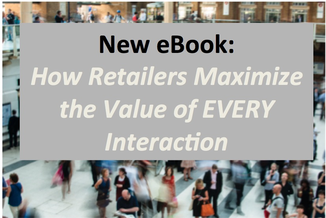Marketing automation has fundamentally changed the way marketers do business. To be able to schedule cross-channel campaigns that deliver on time and on target frees up a lot of opportunity for marketers to focus on things like strategy, creative, and feedback loops. Campaigns run with fewer resources, still generating and nurturing leads. But unlike the flawless “set it and forget it” reliability of, say, a crock pot, automation has its risks.
Gary Satterfield and I go way back. We met while I was working on a marketing research project for Gary twenty years ago at a utility. And he’s since gone on to become an expert in the retail energy space and was kind enough to sit down with me and my team to talk shop. The topic of deregulation, removing restrictions in a particular industry, ran a thread through much of our conversation. This has implications for consumers – and therefore, marketers.
Marketers use many different channels to reach customers, and they’re increasingly building omnichannel strategies that can follow and engage an audience on multiple different platforms. But when it comes to the marketing tools they use, too often these solutions are siloed from one another.

It’s always shocking to find that a major retail brand doesn’t have a mobile app. Meanwhile, it’s equally stunning when a small business has built a killer mobile experience for its customers.
But when you understand the role omnichannel plays for retail and other major industries, the shortcomings of the big-box retailer are much more confounding than the smaller company’s assertiveness in building a better mobile presence.
Overview
This three-part series explores various attempts to exploit interactive marketing techniques, defines interactive marketing, and investigates how this new marketing technique recognizes the customer’s role in the customer-company relationship. Part 1 can be found here.
According to Forrester, 53% of companies chose mobile marketing as their top digital marketing priority. This attention to mobile marketing is driven by the need to reach customers where, when, and how they most prefer.
Because marketing automation helps companies run complex campaigns with fewer resources, the software is growing in popularity. According to MarTech, a marketing technology forum, more than 50% of companies currently use marketing automation. 70% of companies, they say, plan to institute it in the next 12 months.
After 7 years of marketing research, Adobe compiled their findings into their Digital Marketing Survey, which turns a spotlight on companies that have achieved digital maturity.
Effective customer engagement is not about overwhelming consumers with generic offers and promotions. Customer engagement is about building a long-term relationship with customers by gaining their trust and loyalty. True engagement can only take place when there is a give-and-take between your company and the customer.









